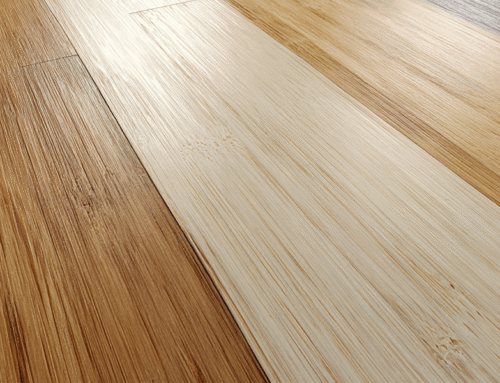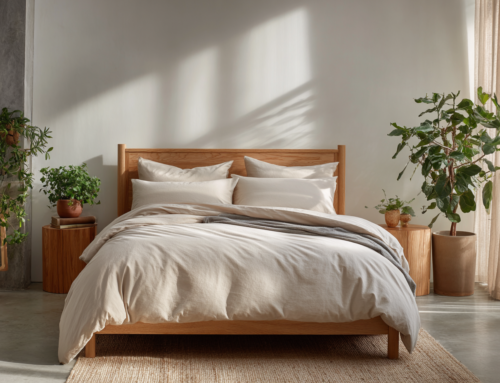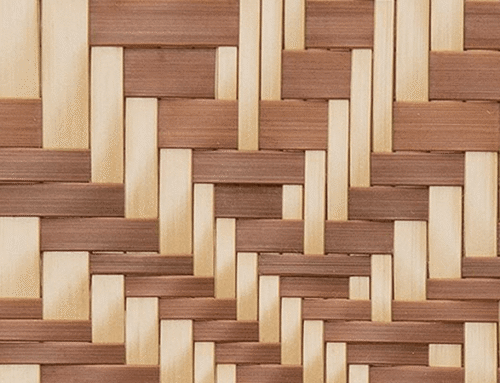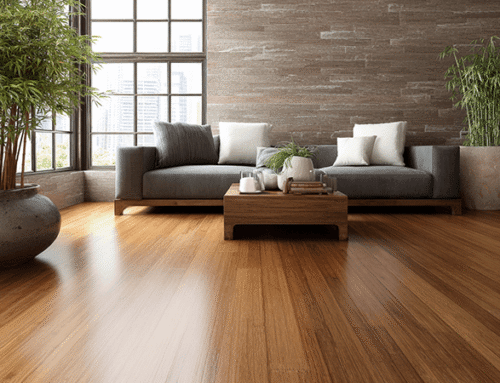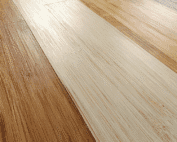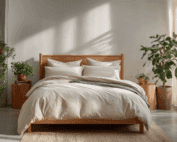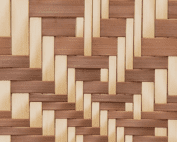Bamboo vs. Hardwood: Cost, Durability & Sustainability Breakdown for Furniture Makers
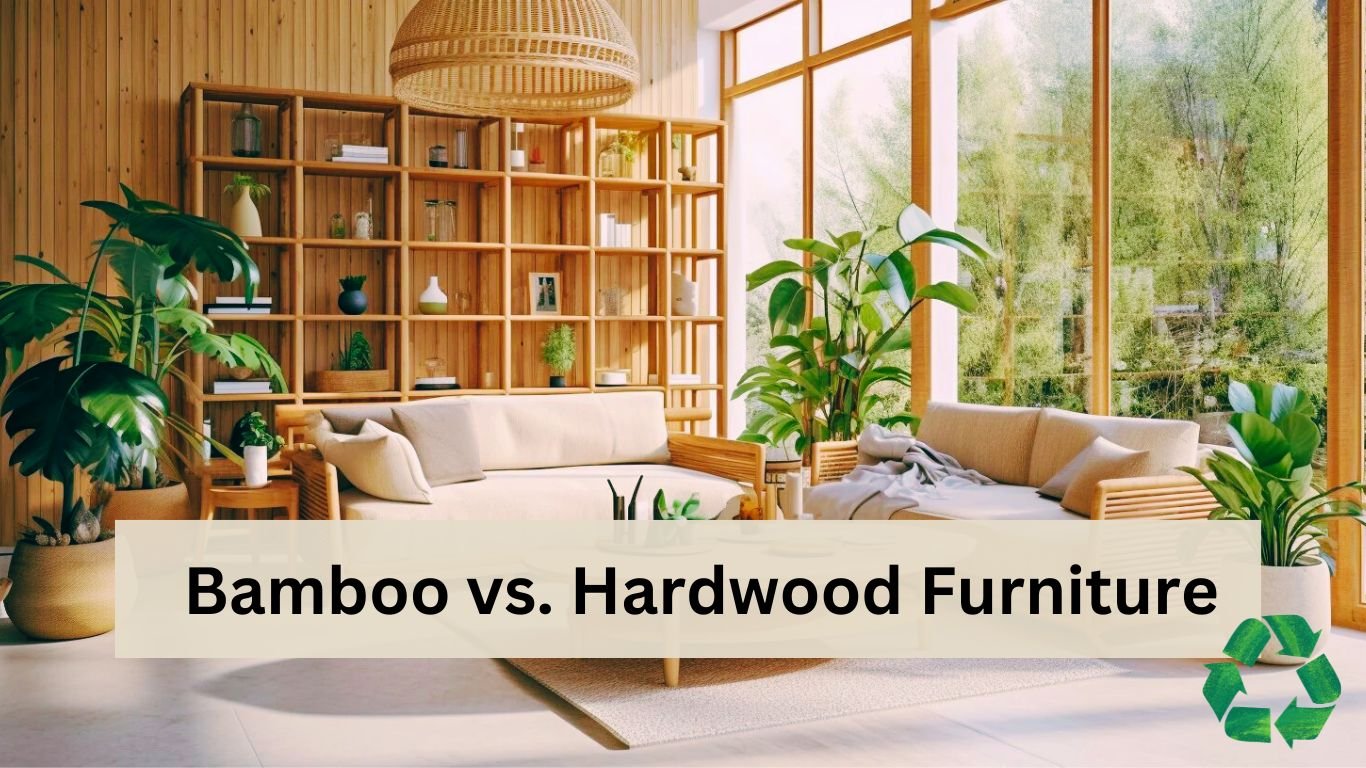
Hardwood furniture has ruled our homes and hearts for centuries due to its warmth, earthy charm, and exceptional durability.
However, an increasing number of designers, manufacturers, and consumers are choosing sustainable furniture made from bamboo and rattan.
In 2023, the global market for eco-friendly furniture was valued at US$ 46.90 billion. It is expected to reach US$ 107.2 billion by 2033. (1)
Why?
These sustainable materials for furniture manufacturing offer almost all the benefits of hardwood while protecting the environment. Plus, they are more affordable and trendier than slow-harvest lumber. They provide an exceptional balance of cost versus quality, making it easier to manufacture high-end, artisanal products at highly competitive rates.
In this article, we will explore all major aspects of bamboo vs. hardwood furniture, such as cost, durability, and sustainability, so that you can decide which option best suits your needs.
First, let's understand the basics of these materials.
Bamboo vs. Hardwood - Material overview
Here’s a quick table to help you understand the major differences between the two most popular furniture materials.
| Features | Bamboo | Hardwood ( like teak, oak, maple, walnut, and ash) |
| Growth rate and harvest cycle | One of the fastest-growing plant Can be harvested within 4-6 years | Requires decades to mature |
| Environmental impact of harvesting | Can be harvested without destroying the plantation The underground stem (rhizome) can sprout new shoots without requiring replantation Doesn’t cause widespread deforestation, soil erosion, and habitat destruction | One of the primary reasons for deforestation, habitat loss, and disruption to the water cycle (2) Regenerating the depleted forest cover takes decades. |
| Environmental impact of manufacturing furniture | Fast and emission-free manufacturing process No toxic chemicals used, and no harmful waste generated | Multi-stage, energy-intensive processes Sawing, drying, and finishing causes greenhouse gas emission |
| Preferred uses | Modern furniture Eco-friendly lifestyles Minimalist preferences | Traditional heirloom furniture |
As evident from the table, bamboo is unquestionably a sustainable material for furniture manufacturing. But before we move on to the other comparison criteria, let’s understand the sustainability part in detail.
Environmental impact of bamboo vs. hardwood furniture
Although the Forest Stewardship Council (FSC) and the Programme for the Endorsement of Forest Certification (PEFC) are taking all necessary steps to encourage legal and responsible hardwood harvesting, clear-cutting is still widespread. In this method, all trees in a particular area are cut down.
Clear-cutting destroys animals' habitats and contributes to deforestation, soil erosion, and global warming. Worse, afforestation of the same area or an area of the same size could take decades!
Bamboo plantations are natural carbon sinks.
While the forest cover is depleting, China’s bamboo forests are increasing in size by 3% every year. (3) These forests serve as the carbon sink. They absorb carbon dioxide and reduce greenhouse effects.
Unlike hardwood, bamboo plantations are never really clear-cut. At HRT Bamboo, we cut only 20-25% of our bamboo annually to maintain a consistent green cover and keep our carbon sink intact. As an FSC-certified company, we follow stringent environmentally and socially responsible practices to ensure minimal environmental impact.
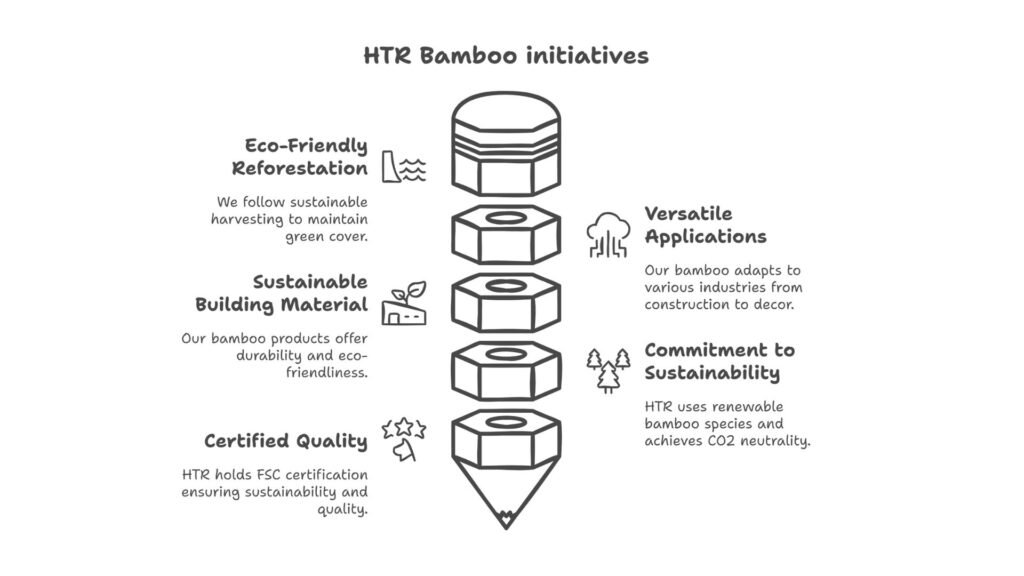
Here’s what we do -
- We use clean energy from electricity and gas for harvesting, processing, and manufacturing bamboo products.
- Our heat recovery system recycles the generated heat instead of releasing it into the air.
- We recycle bamboo waste and make sure nothing ends up in a landfill (even if it is biodegradable).
Sustainability is the need of the hour, but cost matters too. So, now look at the second factor: the manufacturing cost of wood and bamboo furniture.
Bamboo vs. hardwood furniture cost comparison
Due to its rapid and high yield, bamboo is cheaper than hardwood. Moreover, it requires far less processing. Harvesting, cutting, drying, and shaping are much easier and less labor-intensive.
Hardwood, however, has a high processing cost. To safely handle the heavy logs, you must invest in specialized tools and highly trained personnel. Extended drying periods and complex cutting and joining techniques also add to the cost.
Here is a detailed comparison of the maintenance needs/costs of bamboo vs. hardwood furniture -
| Requirements | Bamboo furniture | Hardwood furniture |
| Cleaning | Basic dusting and wiping with a damp cloth | Routine dusting and wiping with a damp cloth |
| Maintenance | Minimal maintenance Apply bamboo-specific oil once a year to maintain the shine. | Requires more maintenance than bamboo Needs annual or bi-annual polishing and waxing, depending on your preference |
| Repair | Scratches and dents can be sanded and refinished | Scratches and dents can be sanded and refinished |
Now that we understand the sustainability and affordability of bamboo compared to hardwood, let's examine the third important factor: durability.
Strength and durability of bamboo furniture compared to hardwood
Bamboo has a Janka hardness of 1,300-1,800. It is 1,000-1,155 for teak, and for American Oak, it is 1360. Maple is harder, with a rating of 1,450.
Janka hardness is an industry standard for measuring a wood’s resistance to wear and denting. The higher the hardness, the stronger the wood.
This means there isn’t much difference in the hardness of bamboo and popular hardwood used for making furniture. Both of them are resistant to dents, scratches, and impacts.
If that's not enough, you will be surprised that bamboo’s tensile strength is 1.5 times more than steel and hardwood. That’s why bamboo is used for making load-bearing structures like scaffolding. No wonder why bamboo is the perfect alternative to hardwood for making furniture.
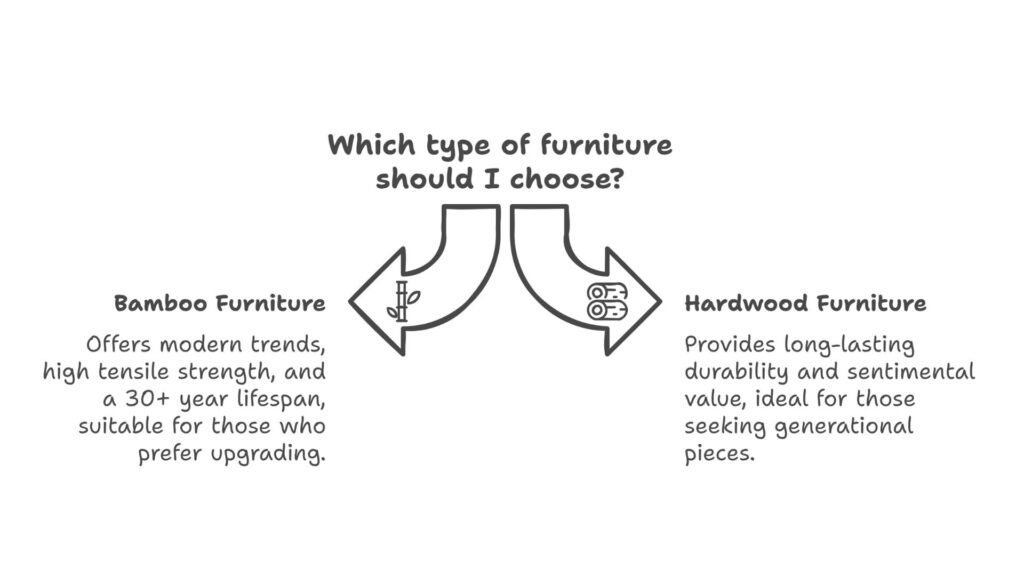
Talk about durability; hardwoods are highly durable. Teak furniture can last 70-100 years, whereas Oak has a 100-500-year lifespan! Hardwood furniture does last for generations!
Our bamboo furniture has a lifespan of 30+ years. It may not last for generations, but it will last long enough until you are ready to upgrade.
Heirloom hardwood furniture has sentimental value, but most consumers prefer upgrading it to match the latest trends. So, a year-long lifespan is a pretty good option.
Bamboo vs. Hardwood - Our recommendations for furniture makers
The six major benefits of bamboo over hardwood in furniture production are -
- Low material cost
- Low manufacturing cost
- Excellent material availability
- Shorter production cycles
- More design flexibility
- Ability to target youth and eco-conscious consumers
By opting for bamboo, you can provide the trendiest options to consumers at competitive prices while preserving your margins. Let’s look at some practical examples of how you can use our bamboo plywood and veneer to manufacture trendier, plush-looking furniture at affordable prices.
Bamboo Plywood & Veneer - Sustainable option with timeless elegance
You will be surprised that bamboo plywood absorbs 30% less moisture than traditional plywood. Plus, it can hold significant weight without warping.
Our bamboo plywood is suitable for making heavy-duty furniture like cabinets, shelves, and tabletops. Due to its unique wood-like appearance, we also recommend it for making panels for walls and ceilings, which give a natural, minimalist look.
Not just residential, our plywood can withstand decades of commercial use.
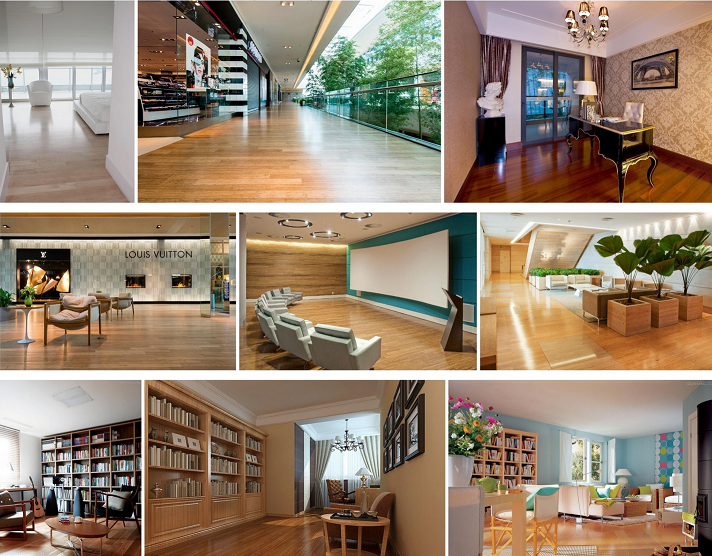
Our 0.05mm veneer is available in many premium finishes. It is ultra-thin and flexible enough to be applied to curved furniture surfaces safely. The veneers mimic rare and expensive solid wood, making it easier to provide plush-looking furniture to your customers at a much lower cost.
Bamboo + Wood - A hybrid approach to capitalize on the uniqueness of both materials
Here are a few ideas we recommend.
- Make chairs and tables with bamboo and use hardwood on arms and inlays for a decorative touch.
- Build tabletops with bamboo and use a thin layer of hardwood veneer for a premium look.
- Use bamboo plywood for cabinet doors with solid hardwood edging for a luxurious touch.
- Have old furniture like a dining table or bed lost its charm? Use it as a frame. Instead of replacing it, cover it with our bamboo veneer to upgrade it at a low cost. Recycling can save you money while reducing your carbon footprint. Our bamboo products use zero-VOC adhesives to keep your indoor air clean.
These are just some ideas. Be creative and make your decisions based on your buyers’ preferences.
Wrap up
Sustainability is no longer a choice. It is the only thing we need to do to survive. Thankfully, many people are willing to go the extra mile to reduce their carbon footprint. It's time for you to join the revolution by encouraging people to opt for sustainable furniture that makes them proud.
If you need help or have any questions, feel free to schedule a free consultation with us.
Share This Story, Choose Your Platform!
Table of Content
Join Our Newsletter
Latest Posts
Copyright 2020 – 2030 Well Nature Bamboo
All Rights Reserved!
